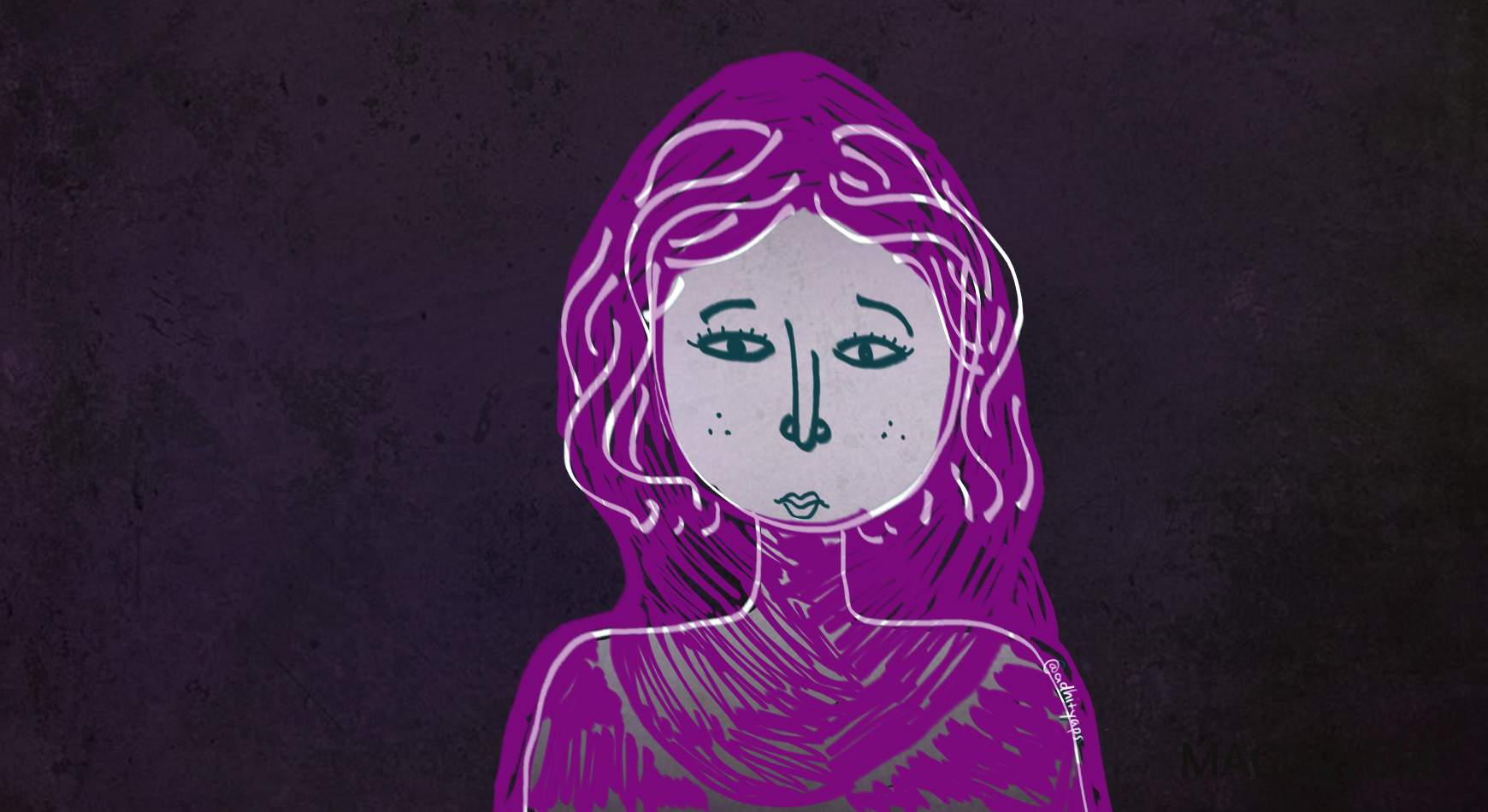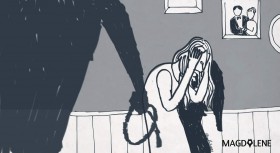“Wear a hijab, you’d look prettier.” It was said to me once, even though I’m a Christian.
It is, of course, a subtle gesture of saying that I would be more preferable – sexually preferable – if I were a mualaf (a convert to Islam). It was enough to affect how I view hijabis from then on. If I, a Christian, can receive such comment, imagine a Muslim woman – and not only by men, but by fellow Muslim women. The effect grew more and more significant because of the hijab trend over the past decade. Hijabis are not only to be seen at religious setting such as the mosque, but in schools and campuses, cafes and malls.
When a Christian woman inquire why Muslim women wear hijab, the answer is usually simple as it is obvious: “Because our religion said so.” That is understandable. The Quran stated: “And say to the believing women that they should lower their gaze and guard their modesty; that they should not display their beauty and ornaments except what (must ordinarily) appear thereof; that they should draw their khimār over their breasts and not display their beauty except to their husband, their fathers, their husband's fathers, their sons, their husbands' sons, their brothers or their brothers' sons, or their sisters' sons, or their women, or the slaves whom their right hands possess, or male servants free of physical needs, or small children who have no sense of the shame of sex; and that they should not strike their feet in order to draw attention to their hidden ornaments.”
Over the course of time, the concept of modesty has evolved. Society has come to accept hijab as a representation of femininity. Just as a woman with long hair and high heels expresses femininity, so does a woman wearing hijab. Society does not only accept it, it accommodates it. The media, from sinetrons to TV commercials, exhibit hijab-clad women to gain appeal. Women wearing hijabs are said to acquire feminine characteristics – gentle, compassionate, vulnerable, submissive, prude, and so on. The characteristics also involve the sanctimonious, one that is exclusively female: the shalihah character. Shalihah is an Arabic word that means “pious female”.
Hijab, in this regard, is closely associated to gender roles. In the media, women wearing hijab are commonly depicted as mothers and wives, and not as individuals. The term darabat al-hijab or “taking the veil” itself was used interchangeably with “becoming Prophet Muhammad's wife”, and that during Muhammad's life, no other Muslim woman wore the hijab.
From the notion, we can assume the mandate of the Quran to wear hijab applied to the wives of Muhammad. What it impacts most is our socialization of gender. We are conditioned in such a way to accept the confined idea of womanhood as being mothers and wives – hijabed mothers and wives – and we misinterpret this as compulsion. It has become oriented in religion, one religion above all, not founded upon universal values and morals.
Hijab represents a society that reinforces homogeneity and consequently discourages heterogeneity. It is no coincidence that along with the rapid growth of the hijabis in Indonesia is the growth of religious conservatism.
As the result of such gender roles, hijabis also risk falling into the trap of gender stereotyping. Gender stereotyping is a generalization according to gender attributes, differences, and roles of individuals or groups. Gender stereotyping can lead to gender subordination, and worse, gender marginalization.
To begin with, wearing hijab itself reinforces the belief that women are inherently under the command of men. Wearing hijab is commanded to prevent sexual harassment. It neglects the fact that, the Quran also tells men to lower their gaze and guard their modesty. But in “Wearing the Hijab in Contemporary Morocco: Choice and Identity”, written by Leila Hessini, women find men have more respect for them and bother them less when they wear hijab.
But this is the wrong approach in eradicating sexual harassment. It reaffirms the notion that men, as sexual aggressors, have dominance over women. In the book Toward an Integrated Theory of Gender Stratification, Randall Collins, Janet Saltzman Chafetz, Rae Lesser Blumberg, Scott Coltrane, Jonathan H. Turner wrote: “When this is combined with high degrees of social stratification, males acquire status as controllers and protectors of female sexual property; women's status honor is identified with their sexual purity. The status system upholds a dual standard; males acquire honor by the amount of sexual property they control, women acquire honor by being restricted and protected sexual property.” The exposure of hijabis in society and culture extends such dominance of men. It does not only affect the hijabis, but women in the society in general.
Such exposure is also an assertion that we are living in a religious conservative society, a society that not all of us identify with. Hijab is viewed differently in the West such as in United States, of course, as Muslims are minorities. In the liberal narrative, rights of minorities are championed. In Indonesia, however, there is a message conveyed in hijab. It is no longer only of the religious, but also social, economic, and political. Hijab represents a society that reinforces homogeneity and consequently discourages heterogeneity. It is no coincidence that along with rapid growth of the hijabis in Indonesia is the growth of religious conservatism.
“It is a choice, not oppression.”, some hijabis say. But it does not change the fact that hijabs – as do burqa and niqabs – correlate with regimes of oppression. In Afghanistan, for instance, prior to the Taliban ruling, the women did not wear burqas. They donned miniskirts and sleeveless tops. In Iran, even, there were protests against forced hijab.
I, nevertheless, refute the notion that hijabis should be liberated from oppression of men. Women across religions, race, and class live in cultures that are patriarchal and under the dominance of men. Women of other cultures are not exempted from it. The challenges faced have more to do with our construct in regard to gender rather than our faiths.
It was not until later in life that I found out that hijabs are not obliged in Islam. At the very least, it is not a directive in sharia law. Hijab is a product of its time, but many religious teachings have found their relevance even though they are products of its time. Hijab may have found its relevance in the modern, heterogeneous society. In the heterogeneous society, hijabis are represented. But are the rest of us represented in the society hijabis personify? It is important to note that hijabis live in a heterogeneous society, and not the other way around – the heterogeneous society live among the hijabis.
If anything, fulfil the commands of God, but not of men. If indeed wearing a hijab makes me look prettier, I’d most certainly be wearing it on the outside. It is on the exterior. And as the Bible stated, in 1 Peter 3:3-4, “Your beauty should not come from outward adornment, such as elaborate hairstyles and the wearing of gold jewelry or fine clothes. Rather, it should be that of your inner self, the unfading beauty of a gentle and quiet spirit, which is of great worth in God’s sight.”
Note: I personally would prefer “one Sociology scholar” instead of “one Christian woman” in the title, but it all returns to context.







Comments